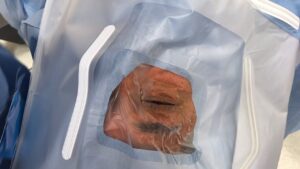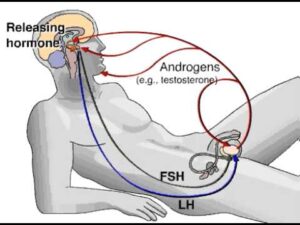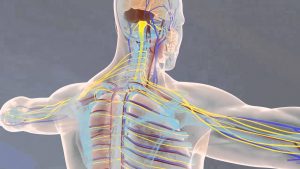The normal ranges of T3, T4 and TSH is actually depends on the type of assay and how the test is done in different labs. In most of the labs what they use is the nanograms per ml or micrograms per deciliter for T3 and T4 and for TSH are microintrernational units per ml. For TSH the range is 0.4 to 5.4, which is the normal range for TSH. But we have to remember that the normal range varies with age. So for a youngster who is 25 years of age, women, planning pregnancy, the normal is to keep the TSH below 3.the elderly people it is okay even if the TSH is 7 or 8 for a dose for example more than 60 years. So pelase consult your doctor to consult whether the TSH is normal for your age rather than checking the lab values. Even if the value is normal, it may vary according to the conditions. For T4 values, it has a wider range from 5 to 12 micrograms per deciliter. But in free T4, the normal range is between 0.8 to 2 nanograms per ml. So you have to check if it is total T4 or it is unbound T4 that is free T4. The last but not very important for the interpretation is the T3 values. the T3 has to be considered only in specific situations. So don’t give you much importance to the T3 values whenever you check for the thyroid function. If the T4 and TSH are normal, then you need not worry much but the normal range for T3 is from 0.4 to 2 nanograms per ml and it is different from the previous values. So it varies from lab to lab. So always confirm with your doctor if the values are normal or abnormal and how much importance you have to give to the thyroid values. So when you do the thyroid function, please look at the unbound T4 that is free T4. These are the 2 important values that you have to know and interpret them according to the age and any other associated condition like if you are taking any drugs or you are pregnancy so you know that your thyroid function is normal for that particular condition. So you need not take medicines if it is in the physiological range.

What is the normal range of T3, T4 and TSH? – Dr. Mahesh DM
- Post author:
- Post published:June 2, 2021
- Post category:Uncategorized
- Post comments:0 Comments
You Might Also Like

Vastus Lateralis intramuscular Injection – Everything You Need To Know – Dr. Nabil Ebraheim

Side plank-1

Muscle Relaxation

What is Carbohydrate?

Pranayama Video – 5

3D Model Human anatomy Animated skeleton internal organs at 3DExport.com

Urology Surgery Video – 5

Fat Loss, Weight Loss Video – 26

What Is Acne?

Organ Transplantation Surgeries Video – 1

What is a normal kidney function ?

Anabolic Steroids – History, Definition, Use & Abuse Video – 35

The ABCs of Vitamins | HealthiNation

GROWTH HORMONE INCREASE IN 3 SIMPLE WAYS |HGH vs INSULIN| (सीधी बात नो बक़वास) FULL EXPLANATION.

Sprinting Running Video – 1

Semen Analysis

Human Body, Body Building Muscle Building Anatomy Physiology Video – 46

Thyroid Scan

Erector Spinae Back Extension-9

How Does Fat Leave the Body? Where does the fat GO?

Male Hormones

Powerlifting to Win Novice Program week 2

Celery and lemon Drink The Quickest Way to Burn fat and Lose Weight
Omega 3 Supplement
Sports & Recreation

Testosterone & Androgenic Effects Video – 41

Of Anatomy and Physiology (2013 – 3D Animation)

Digestive System And Asnas Video – 5

Front raise

Esr test full procedure

Rear Deltoid-6

What does it mean when you have black watery diarrhea ? | Best Health Channel

Groin and Adductor Strain Rehabilitation Exercise

Proteins Function and Amino Acids

Ultrasound Training: Thyroid and Parathyroid Glands

Military Psychiatry Video – 3

How To Get A Body Like A Boxer

Laproscopic Surgeries Video – 5

Flexibility Stretching Video – 1

What Is Glycine: Amino Acids For Joint Pain, Inflammation, and Sleep

Onco Surgery Video – 1

